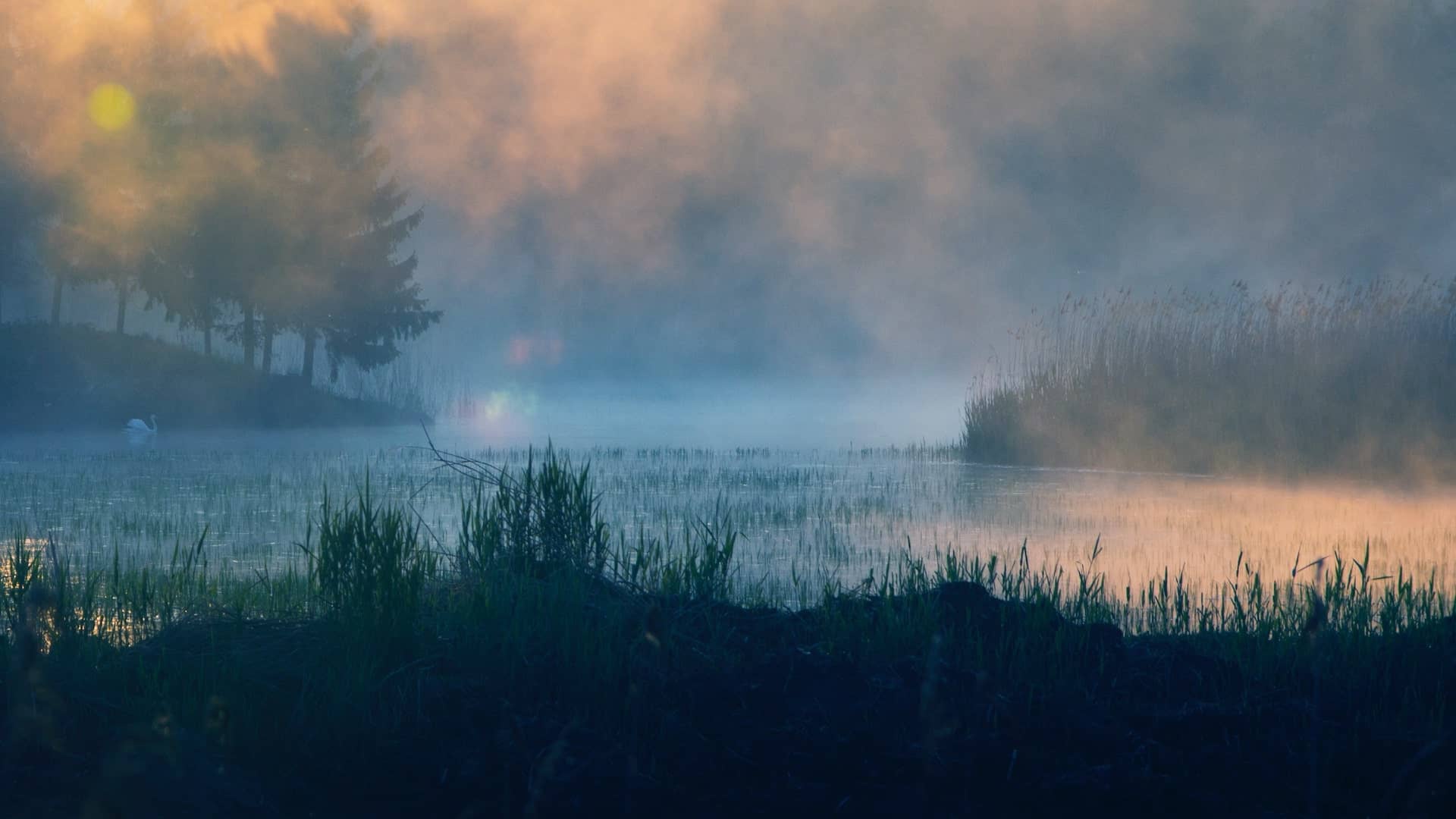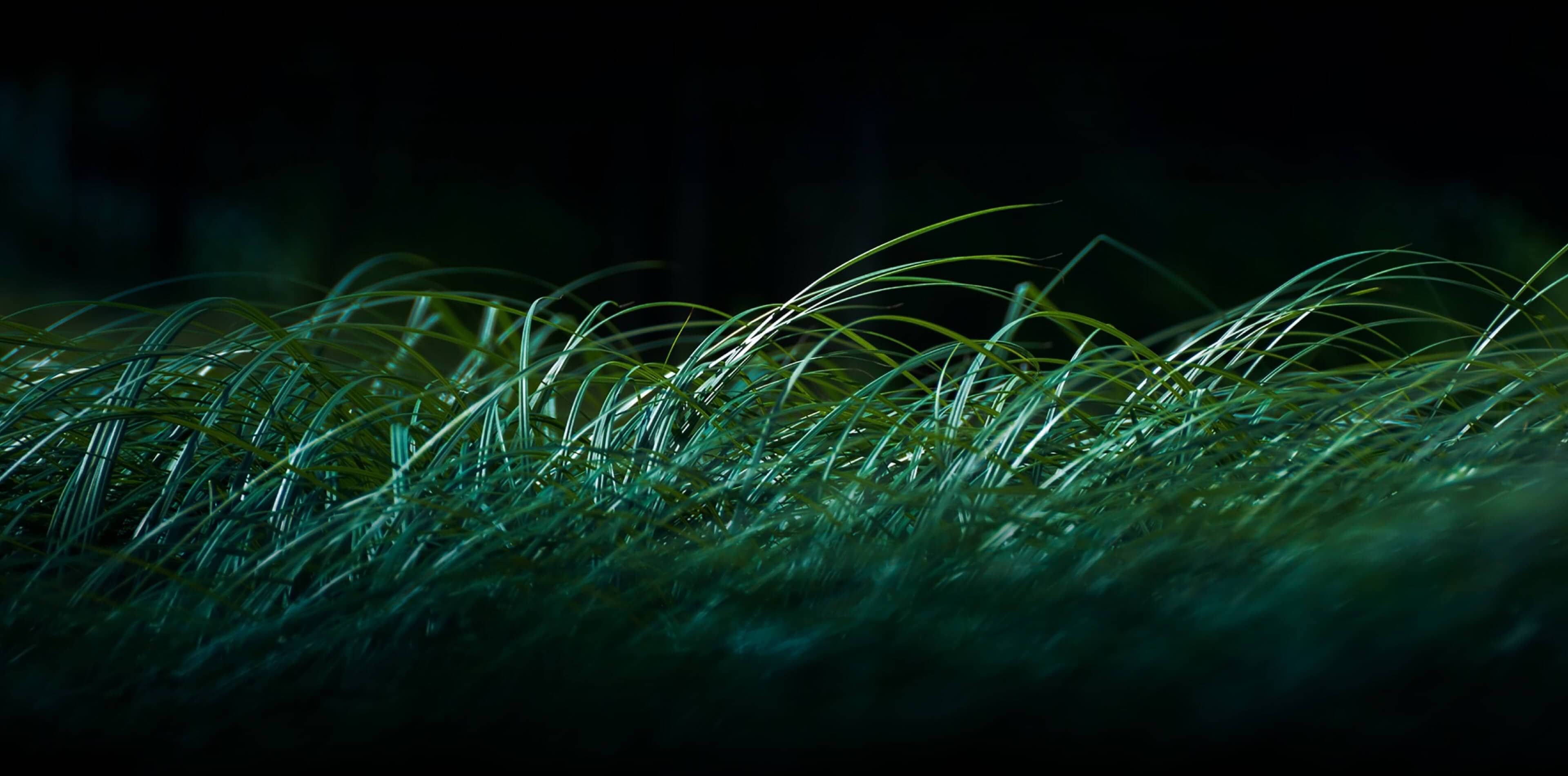



Fishing
expedition

CARP Cyprinus carpio
Grows to over a metre in length, weighing several kilograms (sometimes up to 30 kg). Strong body with a flat ventral side, long dorsal fin starting at the highest point of the body. Four whiskers, two each on the lower and upper lip. Dorsum dark, greenish brown or greyish green, sides lighter, dark olive with golden sheen, belly yellowish or creamy white. Odd fins greyish blue, even fins reddish. The wild form is called sazan. During the day it sticks to deeper areas, activity increases at dusk and at night when it moves out into the shallows to feed. In summer, when the weather is sunny, it swims under the surface of the water to bask, taking in air from time to time. It spends the winter stagnating in the depths of bodies of water. In the Barycz Valley it has been bred in ponds since the Middle Ages. It functions under the name Karp Milicki. It has become a regional product; bred in a three-year cycle and fed with natural cereals.

Esoxlu cius carp
One of the larger freshwater predatory fish in our country. It reaches a length of up to 1.5 mi weighing up to about 10 kg. Body elongated, from the head to the base of the tail almost uniformly high. Shift of the dorsal and anal fins backwards. Head flat, ending in a large mouth equipped with numerous crochet teeth. Colouration of sides and back green with light yellow spots. Fins reddish. Resides in freshwater, both standing and flowing, sometimes in the saltmarsh coastal areas of the Baltic Sea. Feeds mainly on fish, but also frogs and other aquatic organisms. Farmed in ponds in the Barycz Valley. The ideal consumption weight is 1-3 kg. It reaches this weight after about 2-3 years.

SUM Silurusglanis
The largest predatory freshwater fish living in Poland. Reaches a length of up to 2.5 metres with a body weight of up to over 100 kg. Tadpole-shaped. Wide head with small eyes. Characteristic for catfish are two long whiskers (one each in the corners of the mouth) and four short ones on the lower jaw. Muzzle wide with a rasp of fine teeth. Body hollow, brown to grey-black in colour, belly paler (white or yellowish, with a grey-black marbled pattern on the sides of the body and belly). Small dorsal fin and long anal fin. Feeds on large aquatic organisms, fish, water birds, small mammals and frogs. In winter, from December to February, it does not feed. In the Barycz Valley it is found both in the Barycz River (especially where it joins the Oder River) and breeding in ponds. A 6-kg reared specimen grows about four years.

LIN Tinca tin ca
Belongs to the carp family. Bulky body, gently rounded body contours. Shell fine, covered with a thick layer of mucus. Eyes relatively small, round with red iris. Mouth opening horizontal, with one short and soft whisker each at its corners. Colouration in warm colours, ranging from black-brown to golden-green. Abdomen bright. It grows to over 50 cm and reaches a body weight of up to 4 kg. Juveniles feed on plankton, later feeding on worms, snails, insect larvae, molluscs, and plants. It is found in rivers and ponds in the Barycz Valley. It has very tasty white, medium-fat and slightly sweet meat.

SANDER lucioperca
Grows to 100-130 cm in length. Slender body, silvery in colour, with tiger-like stripes descending from the dark back downwards. Prefers still or slow-moving waters. Accepts turbid but well-oxygenated water. At night it proceeds to feed actively, often swimming towards the surface. Can see well in the dark. Feeds on small fish, frogs and insect larvae.

PSTRA TOLPHYGA Hypop hthalmichthys nobilis
Belongs to the carp family. An alien species imported from China. Body elongated, strongly laterally flattened. Large mouth without whiskers. One row of pharyngeal teeth. It is larger and has a larger head than the white tope, with the eyes located lower. Body covered with unevenly distributed dark spots. Golden grey in colouration. Grows to 1.12 metres in length and 45 kg in body weight. Not adapted to our winters. Due to the voraciousness of plankton material, it is competitive with native fish species and their fry. Adults sometimes prey on small fish. The meat of the topocephalus contains a lot of unsaturated fatty acids and a large amount of fat-soluble vitamins, which is why it is valued for its dietary qualities.

SILVER CARDS Carassius auratus gibelio
The body of the silver carp is completely covered with scales: they are silvery-grey with a greenish sheen on the back and white on the belly. Dorsal and caudal fins in various shades of grey. The even and anal fins may have pinkish epiphyses. It belongs to the carp family. The silver carp reaches a length of up to 40 cm and a body weight of up to 2 kg. It is found in all types of freshwater bodies, in shallow and small ponds and in overgrown and drying reservoirs. It is very hardy; buried in silt at the bottom, it can survive periodic dry-outs of the reservoir. In addition to silver carp, golden carp (Carassius aura tus) are also found in the waters of ponds and rivers in the Barycz Valley. The meat of silver carp is white and dry, similar in taste to golden carp.

Percafluviatilis perch
A small-sized carnivorous fish with a stocky body that is strongly curved. It reaches up to 60 cm in length and a body weight of up to 4.8 kg. There are dark bars running down from the back. Double dorsal fin; the first extended on sharply pointed spines. Red ventral fins, shifted forward. Mouth opening large. Gill lids sharply pointed. Scales fine. Colour greenish-yellow, belly light. Found in all flowing and standing waters except streams and rivers with fast currents, also in the Barycz River and ponds in the Barycz Valley. It prefers well-oxygenated water. The fry feed on plankton. Larger individuals lurk for prey or actively hunt fish and larger invertebrates. Sometimes eats representatives of its own species.

WESTERN JESIOTER Acipensersturio
A distinctive species of fish having a row of regular cones on the back, geometric patterns on the sides of the body and an asymmetrical caudal fin. Elongated, shrew-like snout with whiskers. It reaches lengths of up to 3-4 metres with a weight of up to a record 300 kg. Of the known species of sturgeon: the western and the shortfin mako (also known as Baltic sturgeon) are all considered extinct in their natural habitat in Poland, which is why it is strictly protected in the wild. Water pollution and over-harvesting have contributed to this. Attempts are being made to reintroduce the sturgeon to our waters. It is bred in ponds in the Barycz Valley. It feeds on molluscs, insect larvae, crustaceans and small fish. It has an excellent taste and no bones.

WHITE AMUR Ctenopharyngodon idella
Belongs to the cyprinid fish. An alien species imported from China. A large fish with a slender body, brown-green back colour and golden sides. Large scales. Reaches up to 150 cm in length and 45 kg in body weight. In their native habitat, they prefer warm pools with plenty of aquatic vegetation. Farmed in ponds in the Barycz Valley. Due to its typical herbivorous nature, it poses a major threat to the native ecosystem. The elimination of aquatic vegetation takes away spawning areas for native species. Its meat is white, tender and much leaner than that of carp.
see you
in the Barycz Valley


